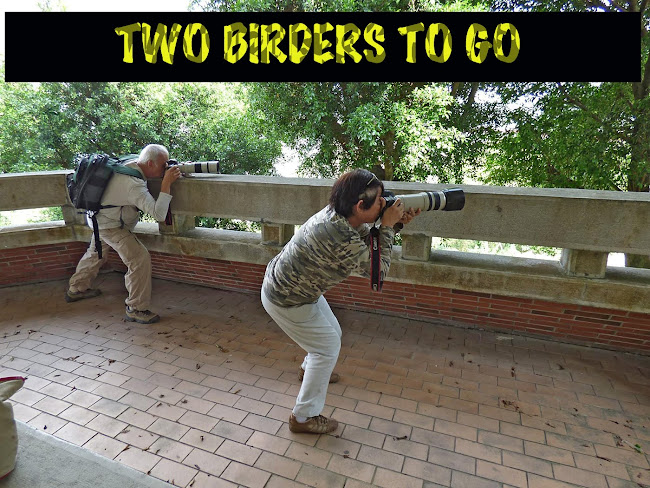
The answer is: a) Mountain Plovers would be a lifer for me and my wife, b) we didn’t see them the two times we’ve been to Calipatria last month, and 3) every birder and his uncle who had been to Calipatria this winter had seen them. By the hundreds!
And so, for the third time in two months, we checked in at the Calipatria Inn on Friday, Feb. 20. This time we were armed with reliable information as to the time and place to best observe the plovers. And boy, we were firm-jawed, squinty-eyed determined.
Dawn, Saturday, we were already scouring the various burnt fields along Highway 111. And finding nothing. We would occasionally get excited when we would spot some brown birds only to discover that they were either Marbled Godwits or Long-billed Curlews. Inasmuch as the most recent sightings of the Mountain Plovers were at the intersection of Highway 111 and Hoober Street (that’s how it really is spelled) we decided to park the Jeep there and fixed our gazes on the blackened field before us as the sun slowly rose from the horizon. I decided to explore further afield on foot to see if the brown spots we were seeing were actually birds and not just clumps of dry grass. It turned out to be the latter. It’s funny (or frustrating, depending on how you look at it) when sometimes our eyes would play tricks on us telling our brain what we had hoped to see instead of what was actually there). Desperation was starting to kick in. Would we fail again, for the third time, in seeing the Mountain Plovers? I was on my way back to the Jeep (where Cynthia remained, unable to stand the icy blasts of wind) when I saw about a dozen small brown birds alight in the middle of the burnt field. Finally – Mountain Plovers! I crouched towards them, all the while taking pictures with my handheld zoom lens, unconcerned with the huge distance between me and my subjects. I just wanted to get some “documentary” shots before the birds get spooked by this ungainly mammal creeping towards them. Soon more birds were flying in and I was able to get within maybe 30 feet of the nearest flock. Noticing that these plovers were not that skittish at all, I returned to the Jeep to replace my camera gear with the bigger 500mm lens. Soon I was there in the middle of a burnt field the size of a city block my heart beating furiously and my spirit soaring as I was surrounded by plain-looking brown birds that spoke to me in "grrrts" and "dirps" .

Having had our fill of Mountain Plovers, my wife and I could not believe how easy it was to find them. Where have we gone wrong the first two times we were here? My bad, actually, for not getting sufficient information and not planning well enough our itinerary before we set off on our birding trip to the Salton Sea. Perhaps it was also because we were concentrating on finding the Sandhill Cranes and Snow Geese on those first two trips – they were our priority then. But this day, we got our target bird. And even got a bonus. We also saw and photographed the pair of Tundra Swans at Unit 1 of the Salton Sea Wildlife Refuge – another lifer for us.









